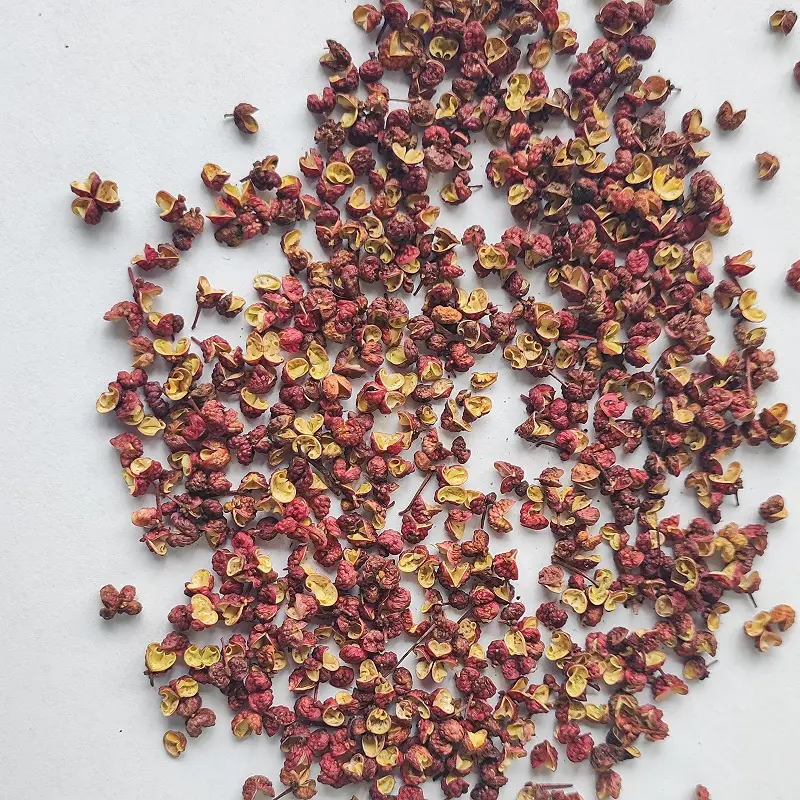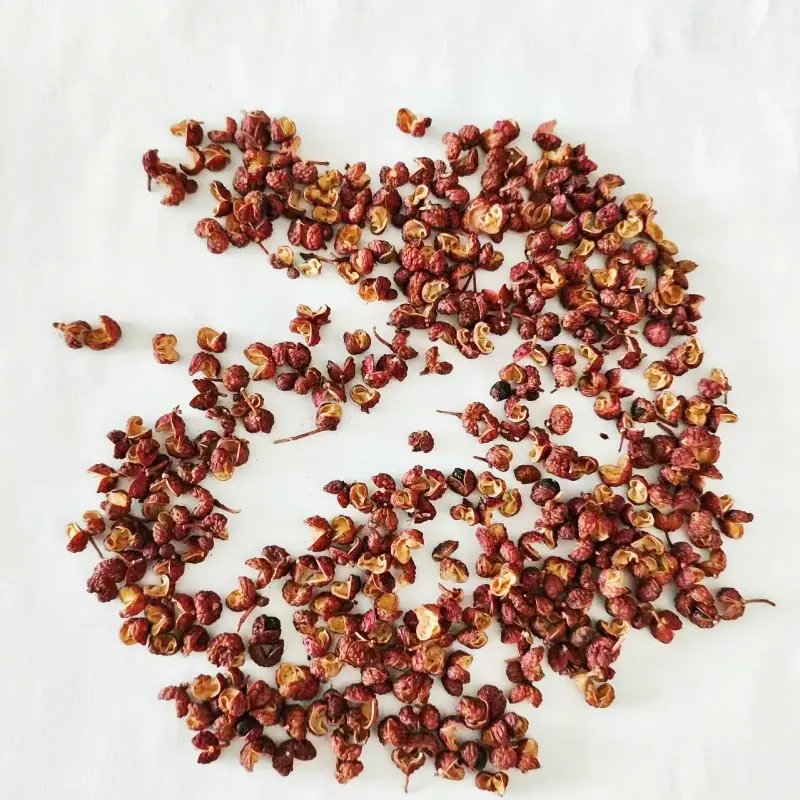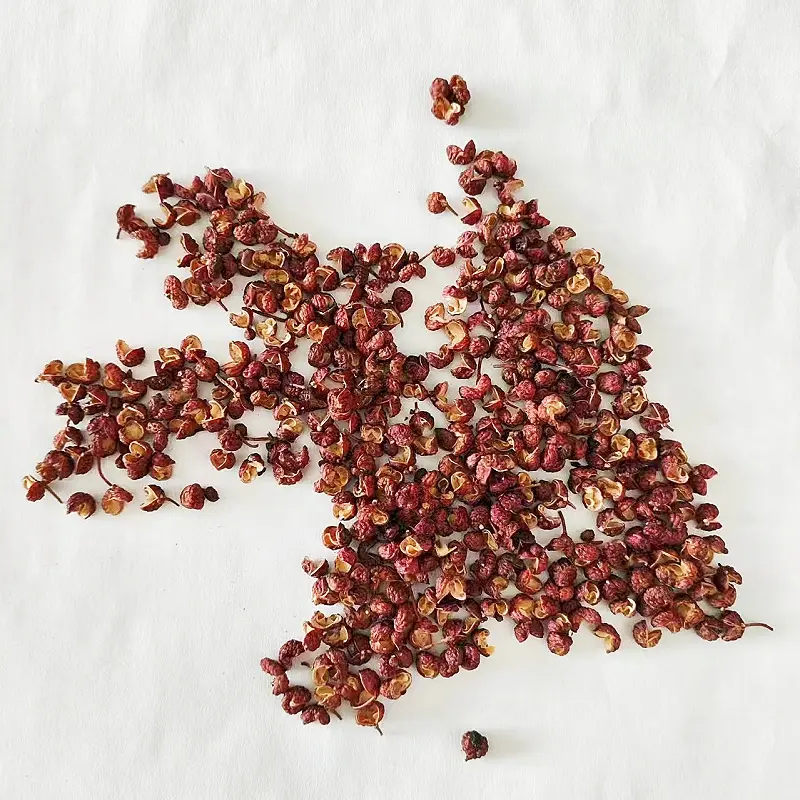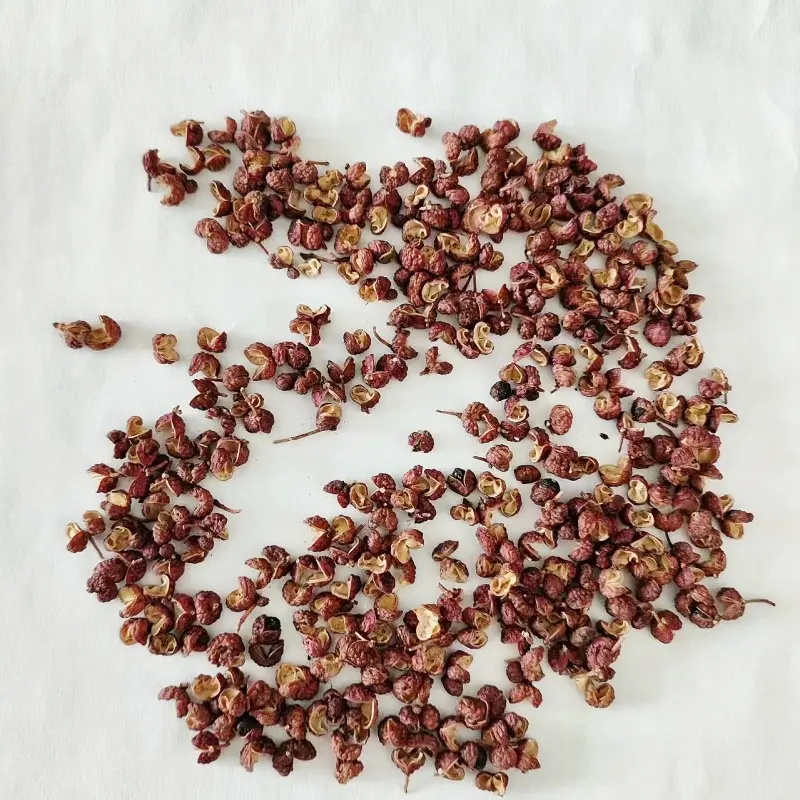Cayenne peppers are one of the best sources of the red-coloured carotenoid pigment, chili flake is also a very good food seasoning.Cayenne peppers are a popular chili pepper used to spice food in Mexico and the US. Otherwise known as "capsicum annuum," this thin red pepper can be grown outdoors in sandy, acidic soil. Although these peppers are perennials, meaning they grown continuously, their harvest can be reduced the second year, so they are often replanted. Cayenne peppers grow best in zones 9 to 11; however, you can grow them seasonally in the summer in colder zones. Following is the instruction:
1.Decide where you will grow your peppers. If you live in a hot climate, you should opt to grow them outside. People who have colder weather should aim to grow them in a container, where they can be moved indoors and outside according to the heat.
- If you plan to plant them in a container, choose a pot with drainage holes. Place a shallow dish below the pot, so that you can irrigate the soil well.
2.Plant seeds in a grow pack, if it is not yet 75 degrees Fahrenheit (24 degrees Celsius) outdoors. Although your seeds may be able to fertilize outdoors or in a container, cayenne peppers germinate best at a constant heat of 75 to 85 degrees Fahrenheit (24 to 29 degrees Celsius), which is often too hot for places that frost or even regular indoor temperatures.
Soak your pepper seeds in a glass of water overnight.
- Fill your grow packs up to 1/2 inch (1.3cm) from the top of the back with commercial seed starting mix. Place 3 or 4 cayenne pepper seeds in each cell. Try to space them evenly. Cover with 1/4 inch (0.6cm) of seed potting mix.
- Moisten the soil. Cover the grow pack with plastic wrap. Place it on a sunny window sill or on the top of the refrigerator to germinate. Dampen the soil when needed over the next 1 to 6 weeks.
- Thin your seedlings over the next few weeks. First snip off the weakest seedling when they get their first leaves. Cut off all but 1 seedling when they form 2 sets of leaves. This seedling should be ready to plant, once there is no risk of frost.
3.Choose or amend your soil. If you are planting in a garden, you will need to choose a bed that gets at least 8 hours of sunlight per day.
If you plan to plant your pepper plants outside, you should add compost. The soil should be slightly acidic. You can add some aluminum sulfate to increase the acidity of the soil.
If you plan to plant in a container, you can buy potting mix from a gardening store. You can also make your own potting mix with even ratios of loam, peat moss and sand. You will need to sterilize the mix in the oven for 1 hour. Place it in a shallow pan and heat it to 220 degrees Fahrenheit (140 degrees Celsius).
4.Dig small holes approximately 2 feet (0.6m) apart in your garden to plant your seedlings. The hole will need to be wider than it is deep for the roots to spread out. If you are planting in a container, you should remove some soil before placing your pepper plant inside, so you don't compact the soil by pushing it down.
5.Remove the pepper plant seedling from the grow pack. Loosen it well by gently pinching the side of the pack on all sides.
6.Place the root ball in the small hole. Add soil atop the roots. You may need to add more soil to the base of the cayenne plant once the dirt settles.
- If you are using a container, you will want to fill it with soil up to 1.5 inches (3.8cm) from the top of the pot.
7.Irrigate the soil well with water. You should water the plants when the top inch (2.5cm) of soil is dry to the touch. If you are watering in a pot, sprinkle the pot until water starts to come out of the saucer at the bottom.
8.Weed around your pepper plants regularly. You may want to place mulch around them to avoid weeds and keep moisture in the soil.
9.Place the cayenne pepper plant outdoors during the day when it is over 60 degrees Fahrenheit (16 degrees Celsius). Otherwise, place it in a sunny window to ensure it gets at least 8 hours of sunlight per day.
- If you have a wall outdoors that reflects heat, such as metal siding, place your pepper plant next to it during the day. The increase in temperature will produce more fruit.
10.Cut the stems of the cayenne peppers when they mature to between 3 and 6 inches (7.6 to 15.2cm) long. This is preferable to picking the peppers themselves. Cayenne peppers usually develop between 70 and 80 days after germination.
Tips and warnings:
- Instead of growing your plants from seeds, you can also find seedlings from gardening stores.
- You can pick them when green, but it's recommended that you wait till they're red.
- For best results when planting seedlings into the outdoors, spend 2 weeks acclimatizing them. The first week, you can set them in the sun for 4 hours. The second week, you should set them outside during daylight hours. The third week they should be ready to plant.
-
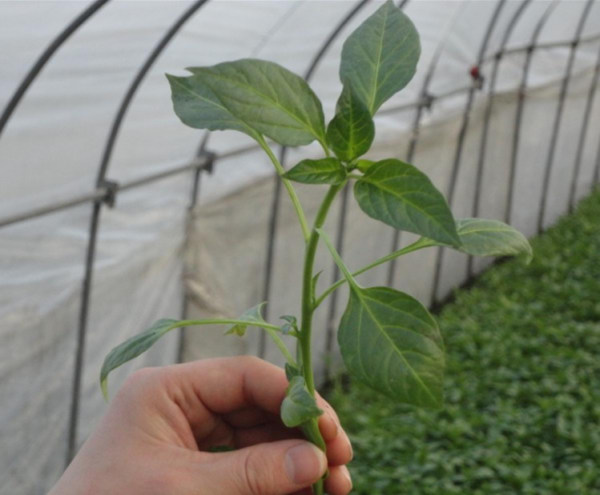
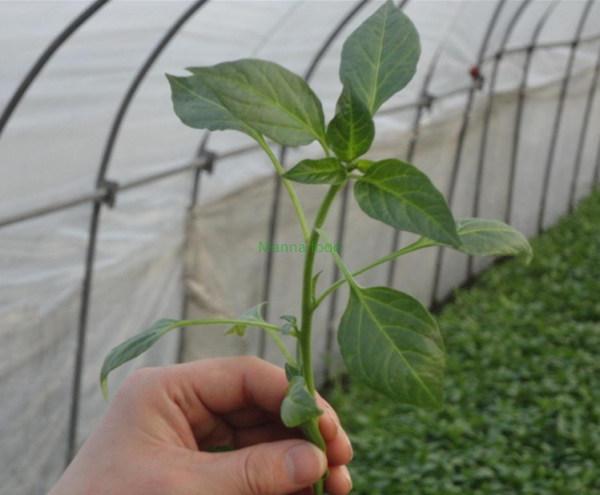
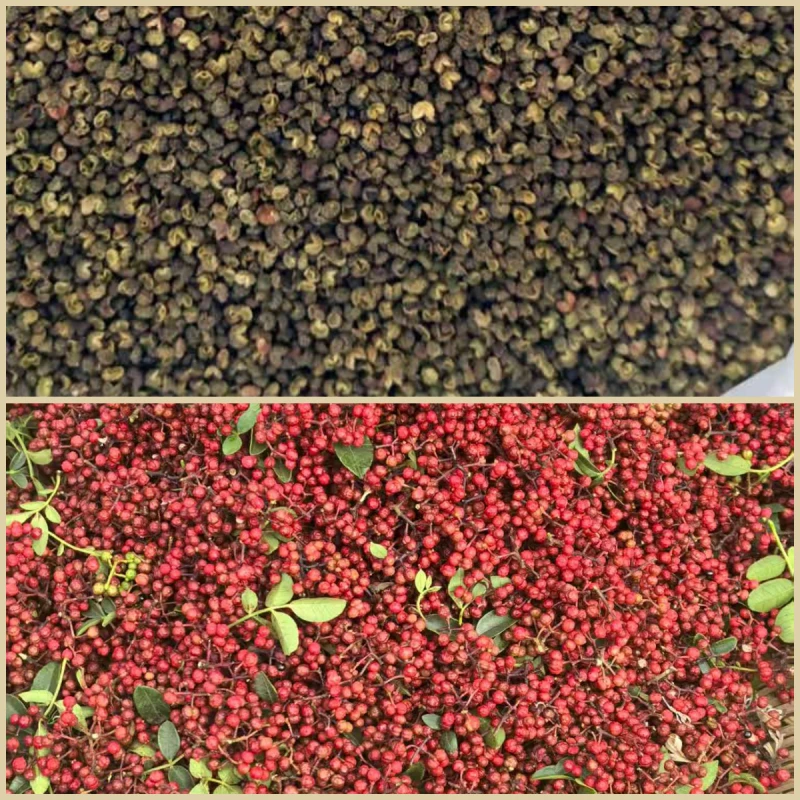

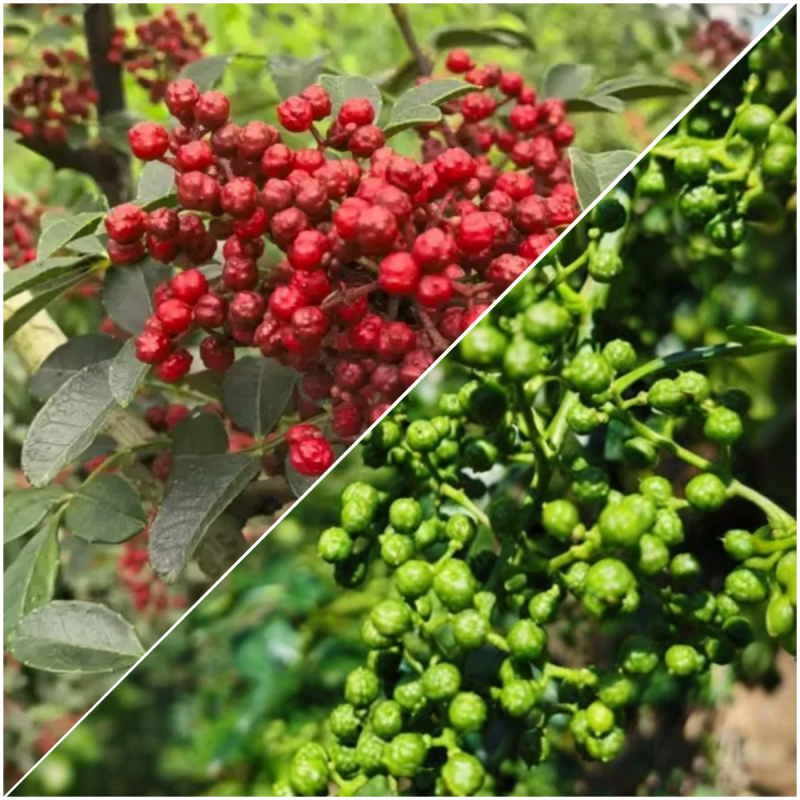
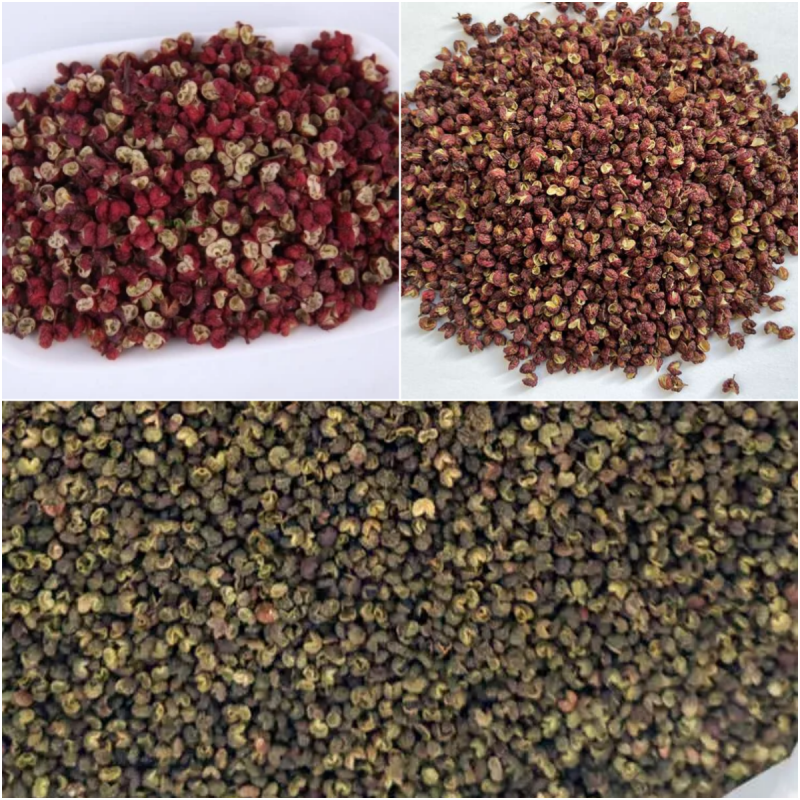
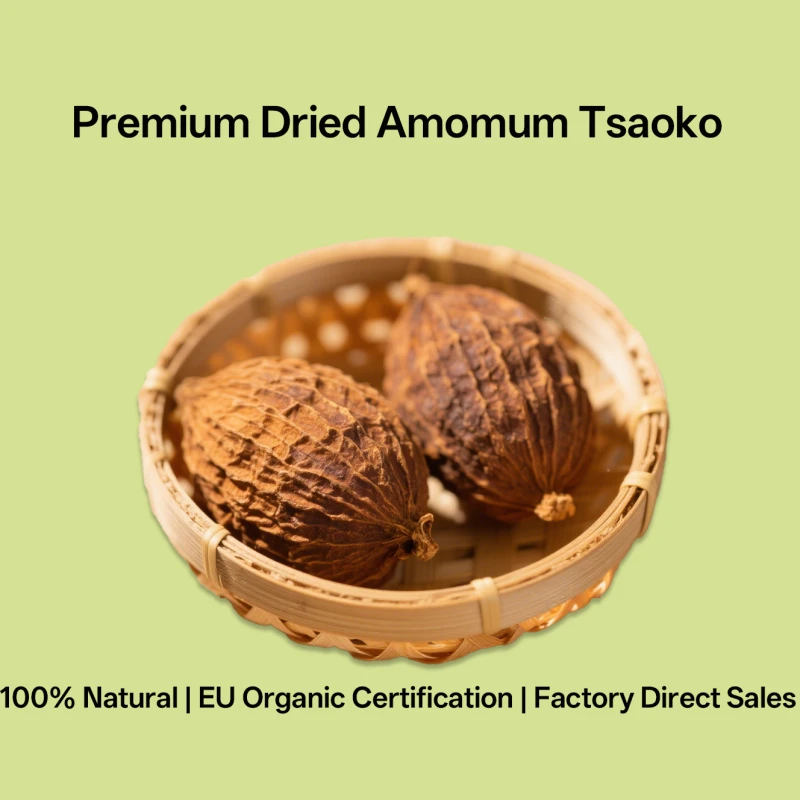
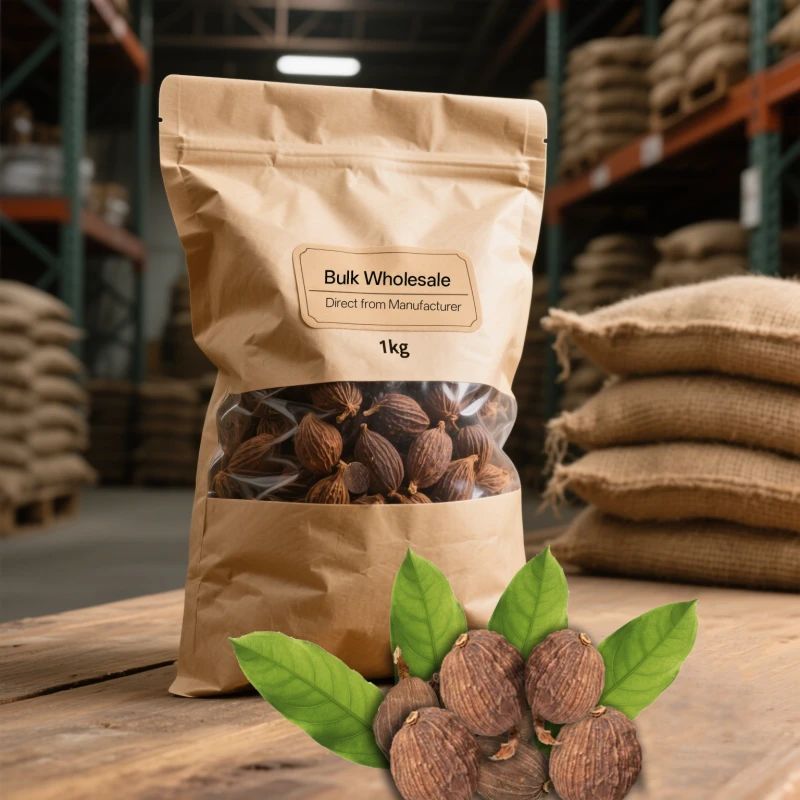
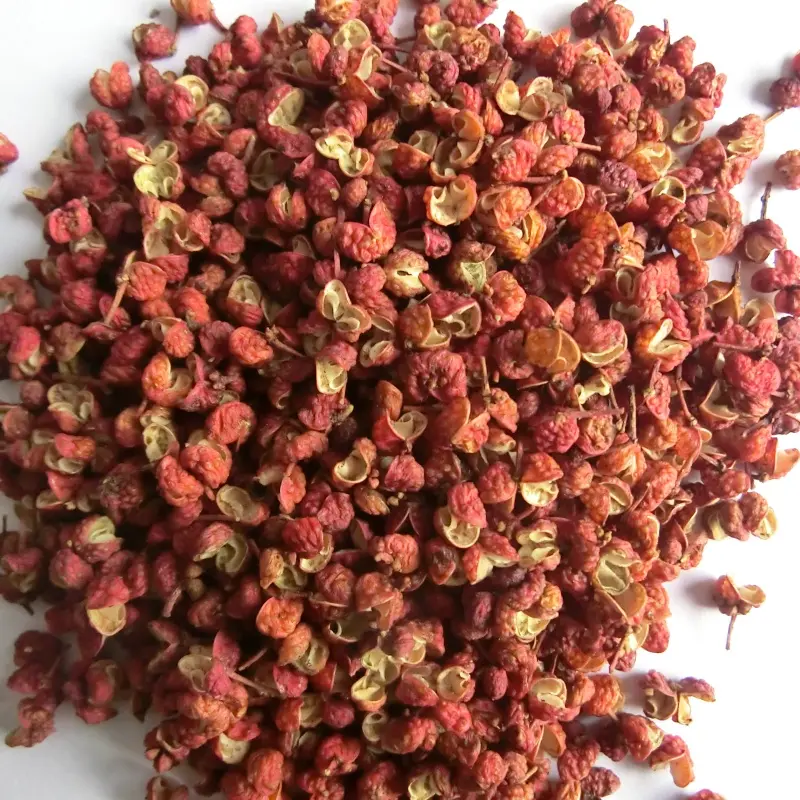
811.webp)
